The crisp sweetness of winter jujubes makes them a prized seasonal fruit, yet their delicate skin is prone to wrinkling within days of harvest. While commercial growers have long relied on refrigeration and chemical treatments, a surprisingly effective traditional method has been gaining attention among small-scale producers and home growers alike – the cardboard box layering technique.
At the heart of this approach lies a simple principle: creating microclimates. When winter jujubes are piled together, their collective respiration creates localized humidity pockets that accelerate moisture loss from individual fruits. The cardboard box method strategically interrupts this process through physical separation. Unlike plastic containers that trap ethylene gas or metal bins that conduct temperature fluctuations, corrugated cardboard provides semi-permeable barriers that allow gradual moisture exchange while preventing direct fruit-to-fruit contact.
The preparation begins with selecting undamaged fruits at the perfect ripeness stage – slightly underripe works best for storage purposes. Each jujube gets individually wrapped in food-grade tissue paper, a step that might seem tedious but proves crucial. The tissue acts as a buffer against abrasions while absorbing excess surface moisture that could lead to mold. What makes this method particularly ingenious is the use of alternating dry and humid layers within the same container.
Between each layer of wrapped jujubes, producers insert sheets of cardboard cut to fit the container's interior dimensions. These aren't merely spacers – the corrugated channels within the cardboard create air passages that facilitate gradual moisture redistribution throughout the storage period. Some experienced practitioners enhance this effect by lightly misting every third cardboard layer with water, creating humidity gradients that slow the fruits' dehydration process.
The stacking pattern itself follows a specific logic. Fruits are arranged in offset rows like brickwork, preventing pressure points that could bruise lower layers. This three-dimensional lattice allows for continuous air movement while maintaining structural stability. The filled container gets stored in complete darkness at about 10-12°C – slightly warmer than refrigerator temperatures but cooler than room conditions. This temperature sweet spot dramatically reduces metabolic activity without causing chilling injury.
Remarkably, this technique extends the shelf life of winter jujubes by three to four weeks compared to conventional bulk storage. The fruits retain their characteristic crispness and develop more complex flavors as their sugars concentrate gradually. Unlike refrigeration which can dull flavors or wax coatings that alter texture, the cardboard method preserves the authentic eating experience. The slight evaporation that does occur works in favor of flavor intensity, mimicking the natural drying process that occurs when fruits remain on trees longer.
Commercial adaptations of this traditional method have emerged in recent years. Some orchards now use custom cardboard trays with precisely measured ventilation holes, while others combine the approach with modified atmosphere packaging for international shipments. However, the basic principles remain unchanged – physical separation, controlled humidity, and darkness prove more effective than high-tech solutions for this particular fruit. As consumers increasingly reject chemically treated produce, such natural preservation techniques are experiencing a well-deserved revival.
The success of this method hinges on understanding winter jujubes' unique physiology. Unlike apples or pears that continue ripening after harvest, jujubes are non-climacteric fruits. Their sugar content is fixed at picking, making proper storage even more critical for quality preservation. The cardboard layers essentially simulate the airy canopy of the jujube tree, where fruits naturally avoid direct contact while benefiting from gentle air circulation.
Variations of the technique exist across different growing regions. In some areas, producers alternate cardboard with bamboo mats for enhanced breathability. Others incorporate food-safe desiccants like rice husks between layers for particularly humid climates. The common thread remains the avoidance of plastic wraps or sealed containers that would trap respiratory gases and accelerate deterioration.
For home users, the method scales beautifully. A shoebox-sized container prepared this way can keep a family's supply of winter jujubes in perfect condition for weeks. Urban farmers' markets have begun adopting the technique for display purposes, with layered boxes serving as both storage and presentation units. This dual functionality highlights the method's practicality – the same system that preserves the fruits also showcases their natural beauty without excessive handling.
Scientific analysis has revealed why this low-tech solution works so well. The cardboard's cellulose fibers create an ideal 85-90% relative humidity environment at the fruit surface, matching the fruits' natural water retention capacity. Meanwhile, the air channels prevent CO2 buildup that would otherwise lead to off-flavors. This delicate balance between moisture retention and gas exchange is difficult to achieve with more sophisticated equipment.
As agricultural scientists search for sustainable postharvest solutions, the winter jujube cardboard method offers valuable insights. Its success demonstrates how working with a fruit's natural properties often yields better results than attempting to override them with technology. In an era of complex food systems, sometimes the most effective solutions come from observing and enhancing nature's own preservation logic.
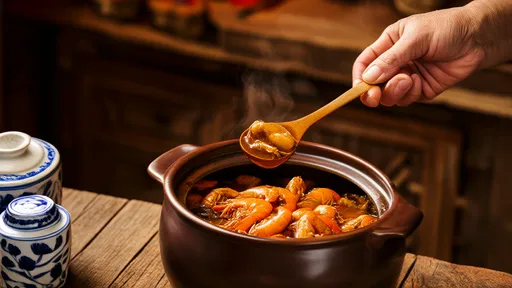
By /Aug 11, 2025
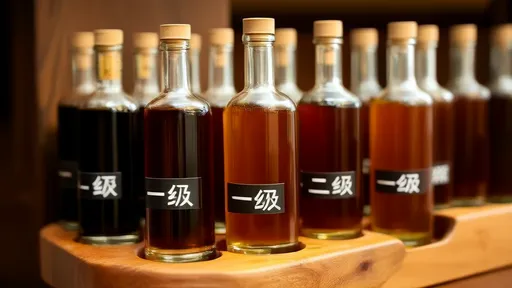
By /Aug 11, 2025
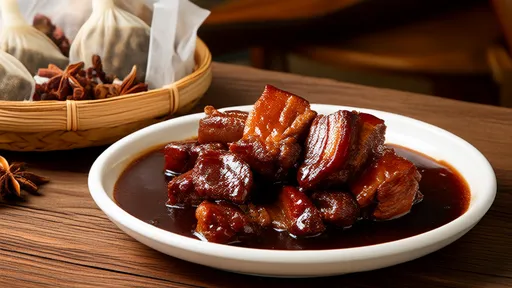
By /Aug 11, 2025
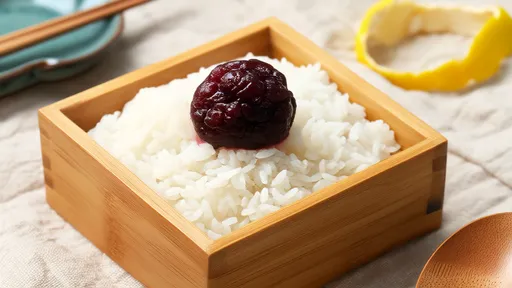
By /Aug 11, 2025
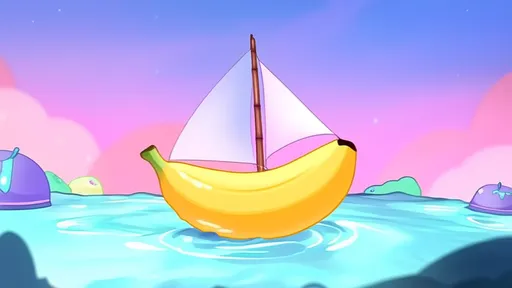
By /Aug 11, 2025

By /Aug 11, 2025
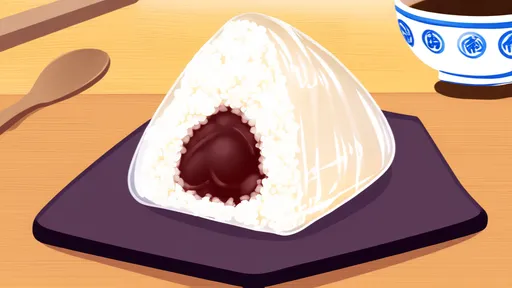
By /Aug 11, 2025
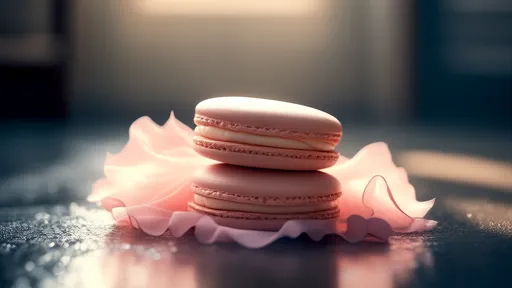
By /Aug 11, 2025
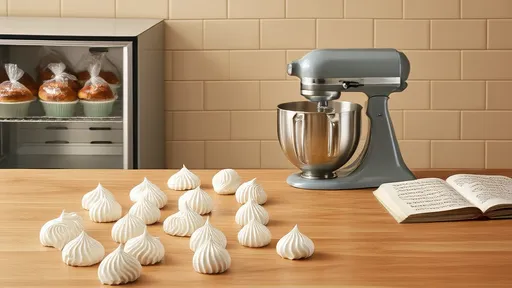
By /Aug 11, 2025
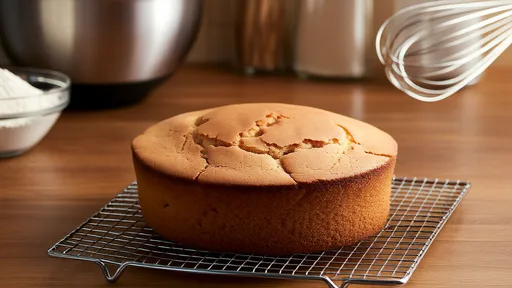
By /Aug 11, 2025
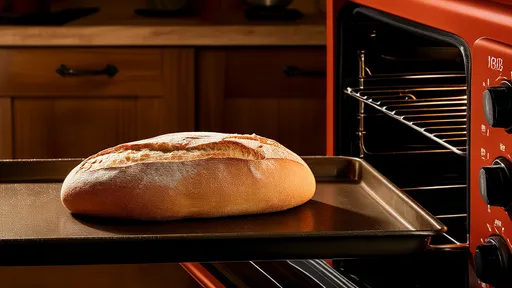
By /Aug 11, 2025
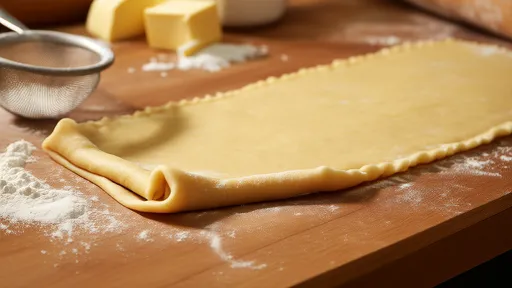
By /Aug 11, 2025
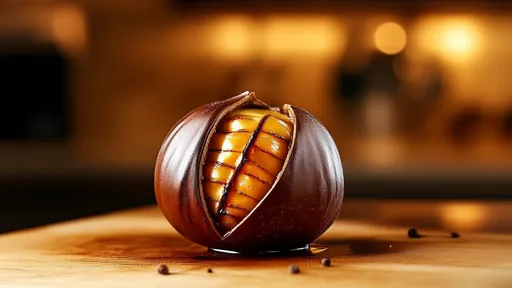
By /Aug 11, 2025
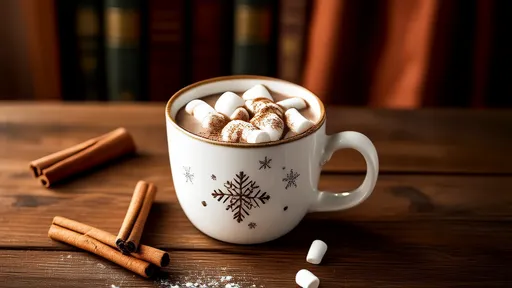
By /Aug 11, 2025
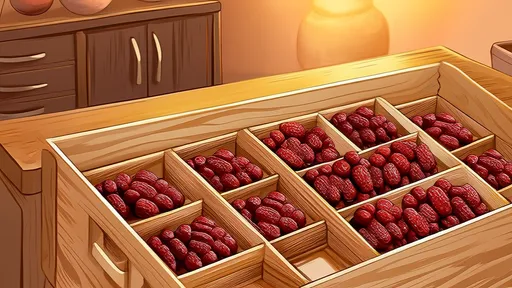
By /Aug 11, 2025
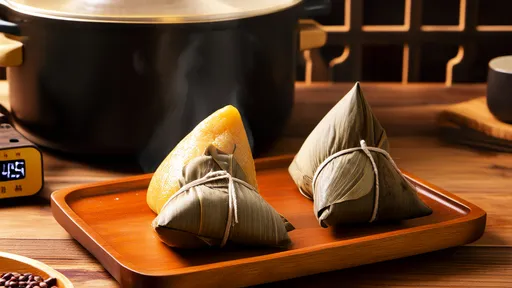
By /Aug 11, 2025
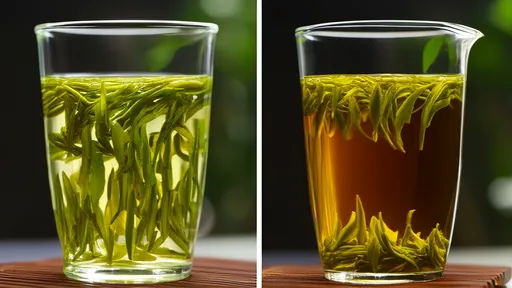
By /Aug 11, 2025
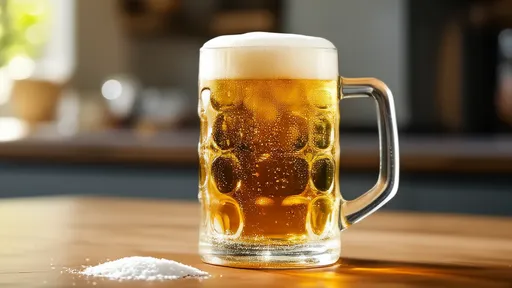
By /Aug 11, 2025
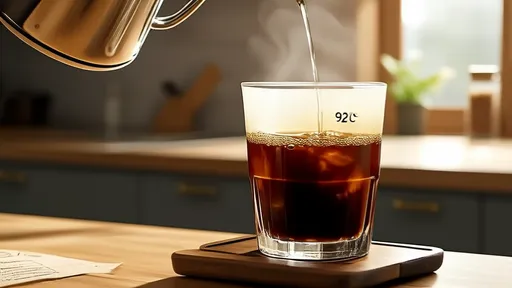
By /Aug 11, 2025

By /Aug 11, 2025